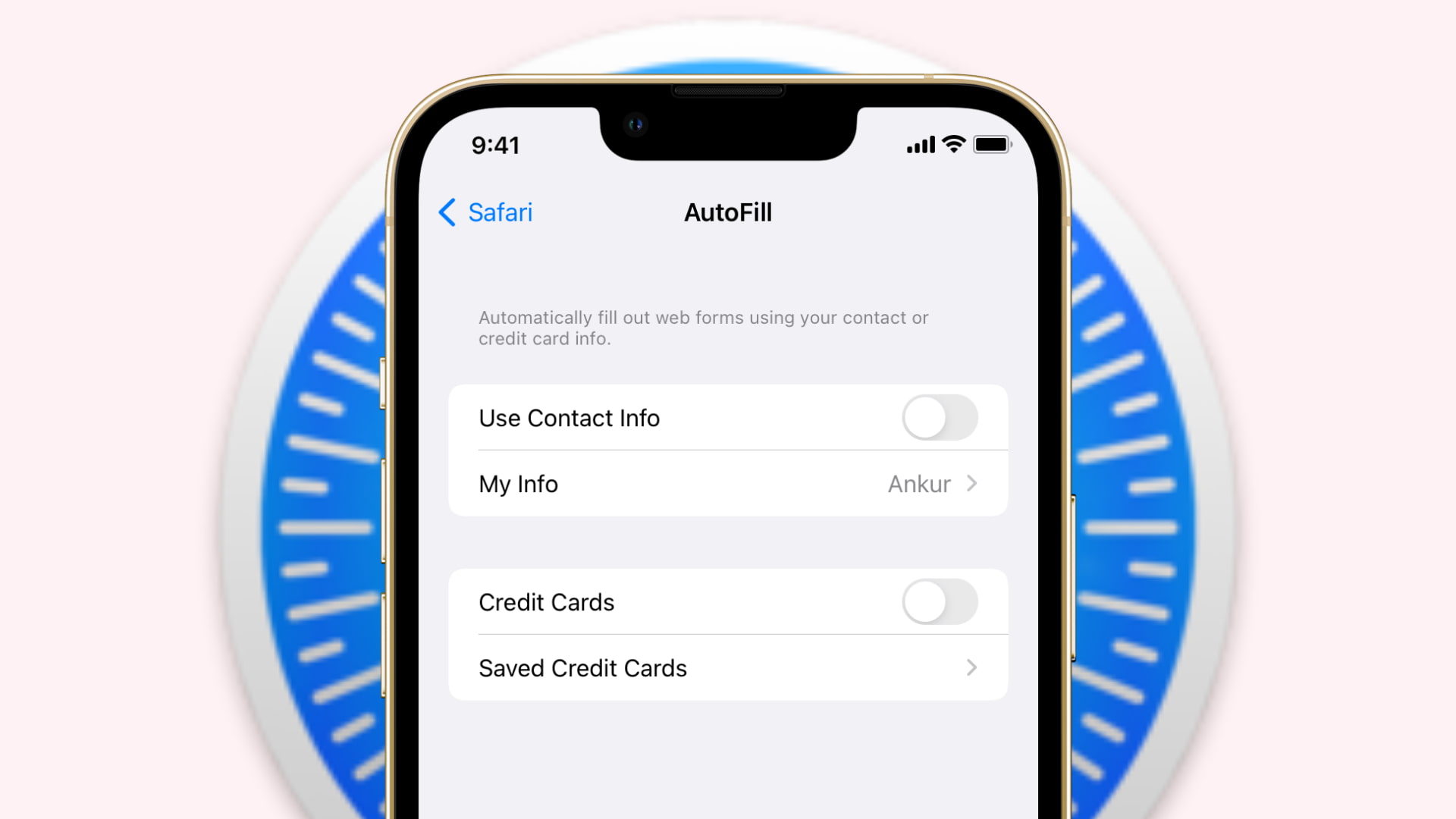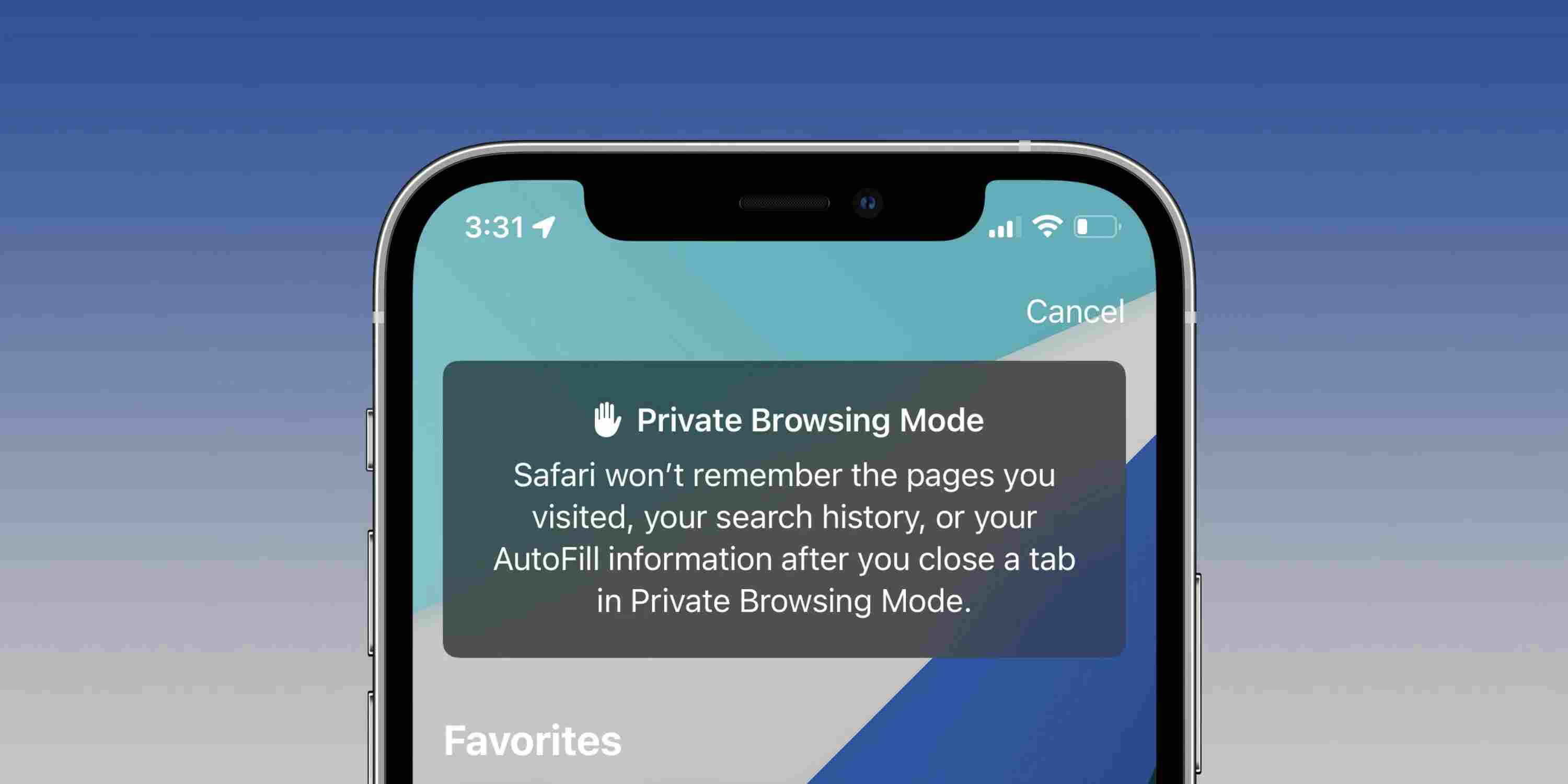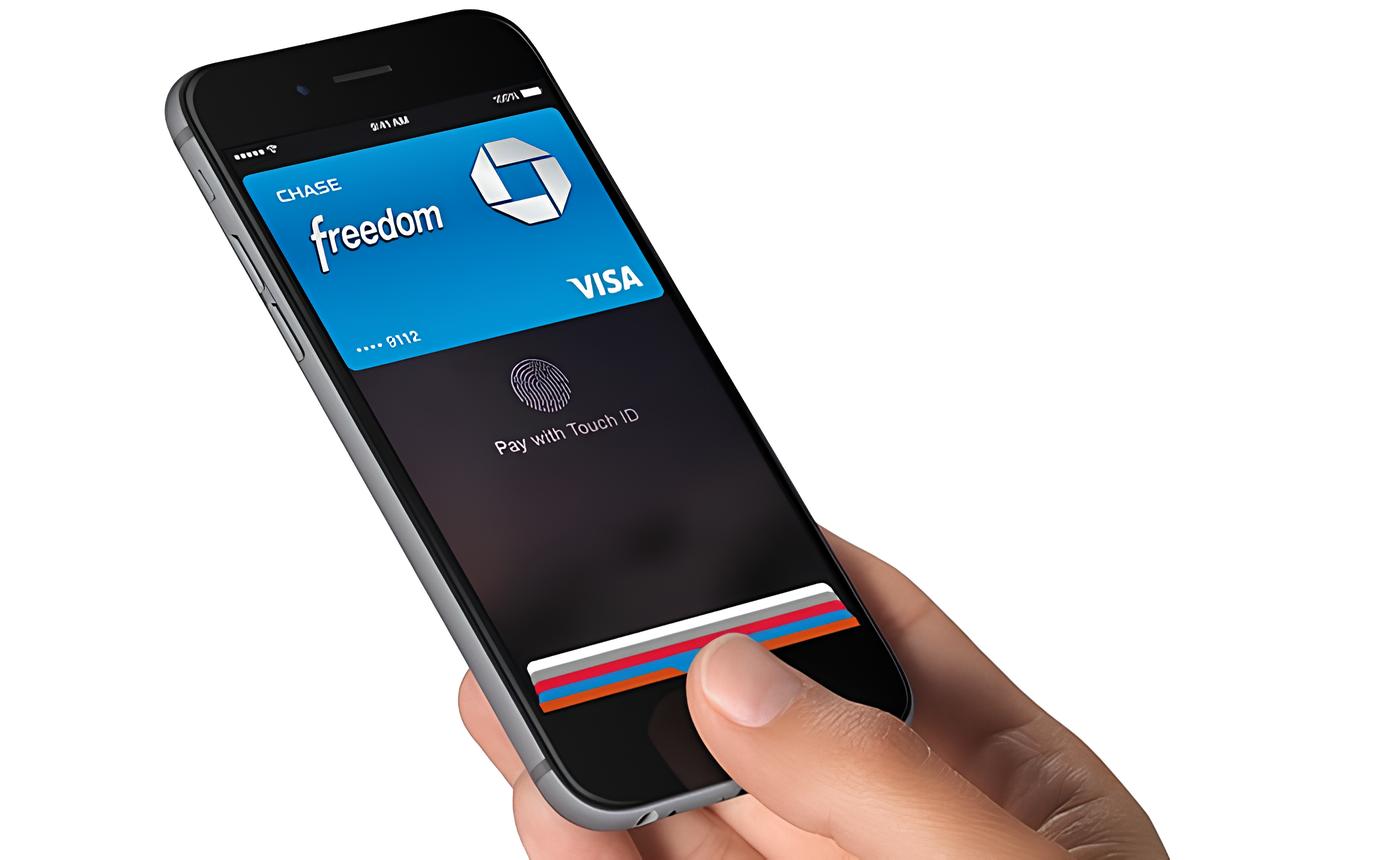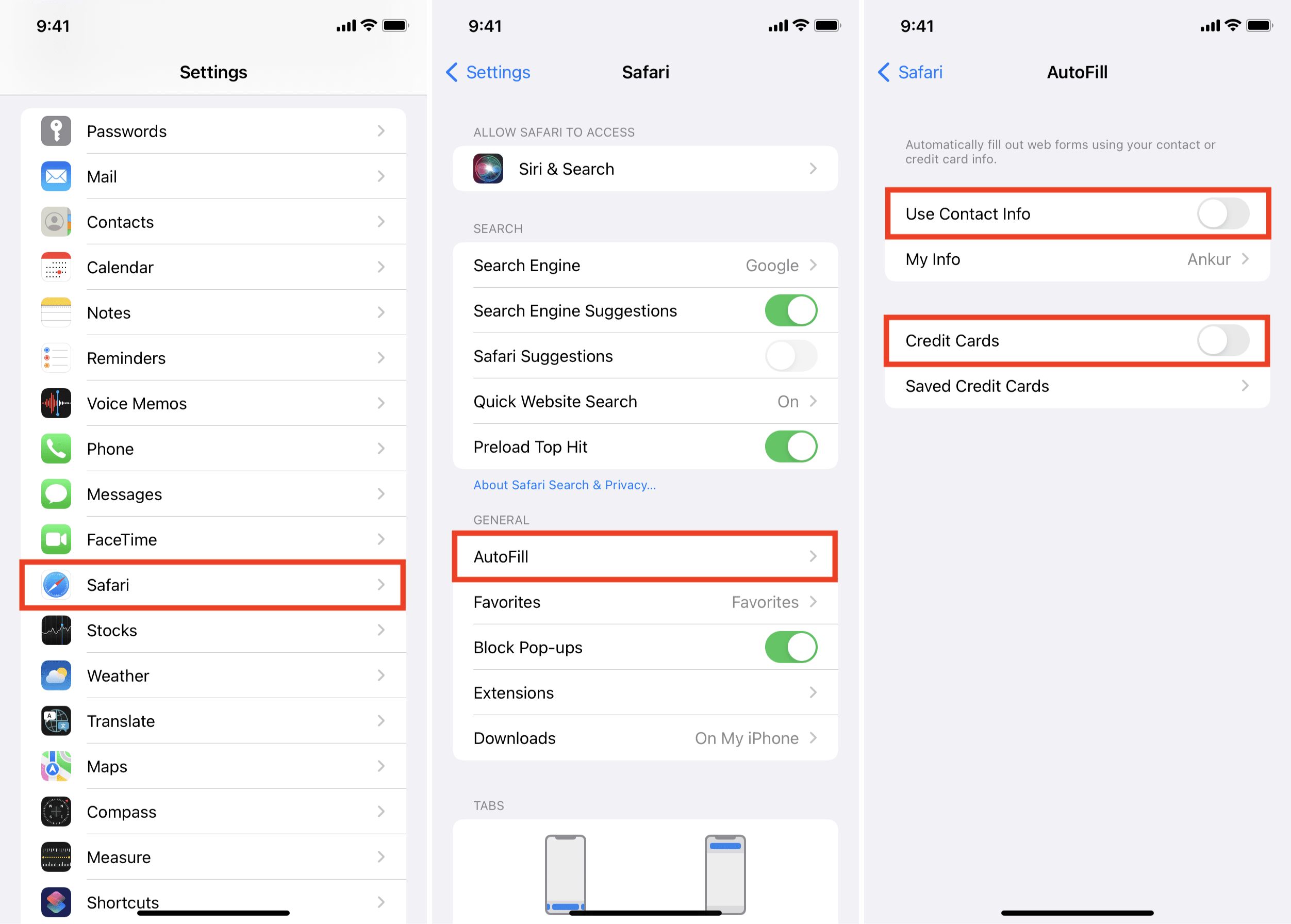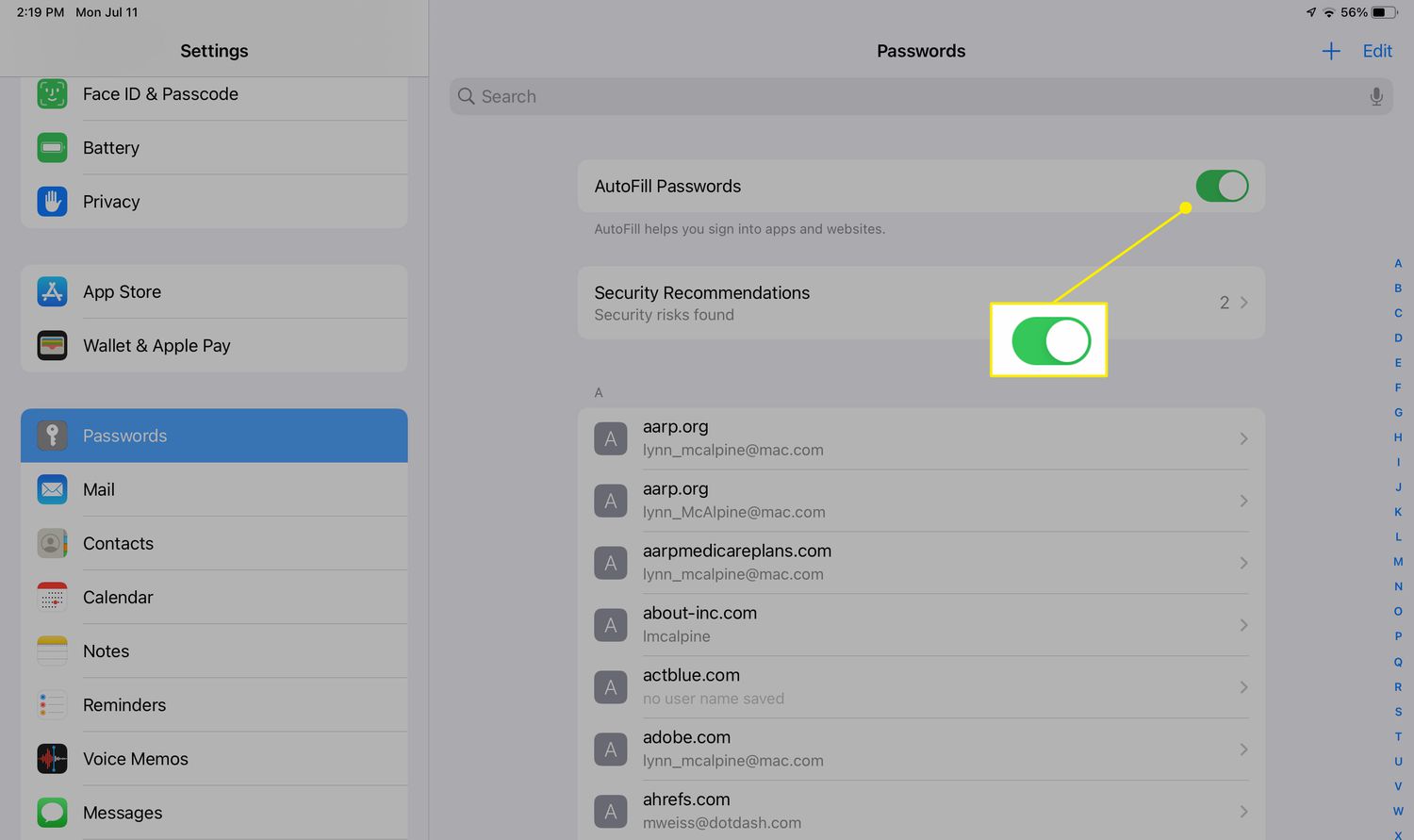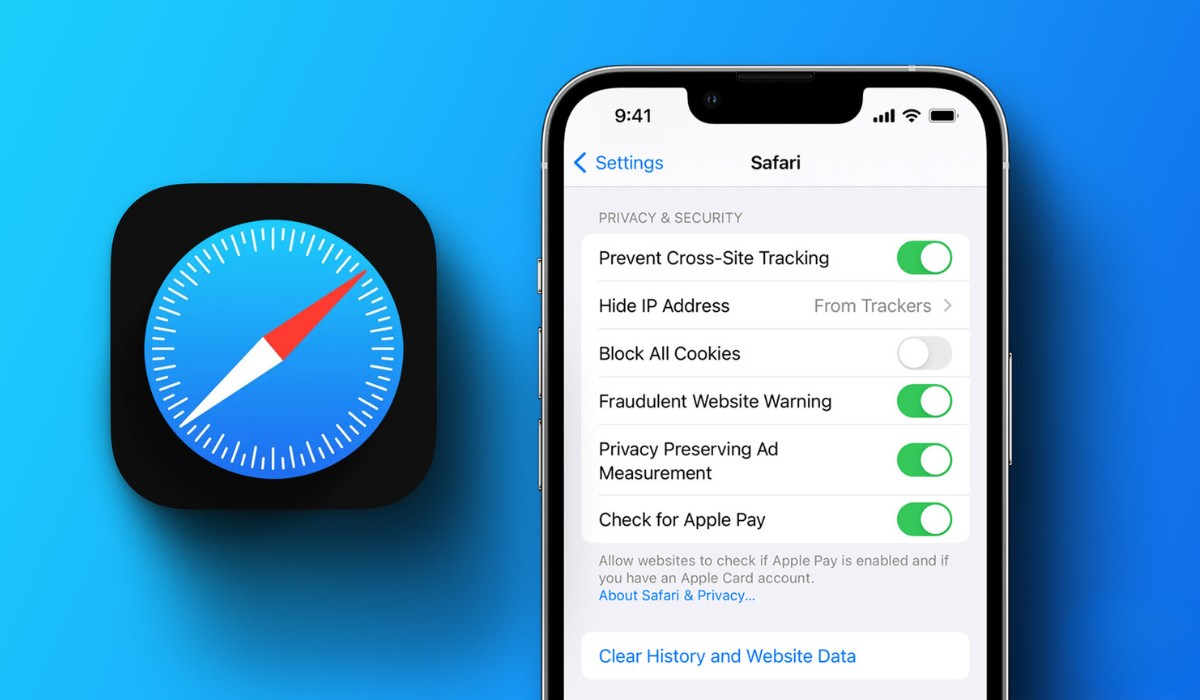Introduction
Autofill is a nifty feature that saves time and effort by automatically populating forms and fields with previously entered information. While this can be incredibly convenient, there are times when you may want to turn off this feature, especially if you are concerned about privacy and security. In this article, we will explore how to disable Autofill on Safari, Apple's default web browser, on both iOS devices and Mac computers.
Safari Autofill stores and remembers information such as usernames, passwords, addresses, and credit card details, making it easier to fill in online forms and make purchases. However, there are valid reasons for wanting to disable this feature. For instance, if you share your device with others, you may not want your personal information to be readily accessible. Additionally, turning off Autofill can be a proactive step in safeguarding your sensitive data from potential security threats.
In the following sections, we will delve into two methods for turning off Autofill on Safari. The first method will focus on iOS devices, such as iPhones and iPads, while the second method will guide Mac users through the process of disabling Autofill on their computers. Whether you're concerned about privacy, security, or simply prefer to manually enter your information each time, these methods will help you take control of your browsing experience. Let's dive into the step-by-step instructions for each platform and empower you to manage your Autofill settings effectively.
Method 1: Turning Off Autofill on iOS
Disabling Autofill on Safari for iOS devices, such as iPhones and iPads, is a straightforward process that puts you in control of your browsing data. Whether you're concerned about privacy, security, or simply prefer to manually enter your information each time, following these steps will allow you to turn off Autofill and manage your browsing experience effectively.
-
Open Settings: Begin by unlocking your iOS device and locating the "Settings" app on your home screen. The Settings app is represented by a gear icon and is typically found on the first page of apps.
-
Navigate to Safari Settings: Scroll down the Settings menu until you find "Safari." Tap on "Safari" to access the browser's specific settings.
-
Access Autofill Settings: Within the Safari settings, scroll down to find the "Autofill" option. Tap on "Autofill" to enter the Autofill settings menu.
-
Disable Autofill: To turn off Autofill, simply toggle off the switches next to the Autofill options you wish to disable. These options may include "Use Contact Info," "Names and Passwords," and "Credit Cards." By turning off these switches, Safari will no longer automatically fill in forms with the associated information.
-
Confirmation: Once you have disabled the desired Autofill options, exit the Settings app. Your changes will be automatically saved, and Safari will no longer autofill forms with the selected information.
By following these steps, you can effectively disable Autofill on Safari for your iOS device. This gives you greater control over your browsing experience and ensures that your personal information is not automatically populated in online forms. Whether you're concerned about privacy, security, or simply prefer a more manual approach to entering your information, turning off Autofill on iOS devices empowers you to customize your browsing preferences according to your needs and preferences.
Method 2: Turning Off Autofill on Mac
Disabling Autofill on Safari for Mac computers is a simple yet effective way to take control of your browsing data and enhance your privacy and security. Whether you share your Mac with others or simply prefer to manually enter your information, turning off Autofill can be a proactive step in safeguarding your sensitive data. Here's a detailed guide on how to disable Autofill on Safari for Mac, empowering you to manage your browsing experience according to your preferences.
-
Launch Safari Preferences: Start by opening the Safari browser on your Mac. In the top menu bar, click on "Safari" and select "Preferences" from the dropdown menu. Alternatively, you can use the keyboard shortcut "Command + ," to access the Preferences window.
-
Access Autofill Settings: Within the Preferences window, navigate to the "Autofill" tab. Click on "Autofill" to access the Autofill settings for Safari.
-
Disable Autofill Options: In the Autofill settings, you will find various options such as "Using Contact Info," "Usernames and Passwords," and "Credit Cards." To turn off Autofill for any of these categories, simply uncheck the corresponding boxes. By doing so, Safari will no longer automatically populate forms with the selected information.
-
Manage Other Autofill Settings: Additionally, you can further customize your Autofill settings by clicking on the "Edit" buttons next to each category. This allows you to review and remove specific entries from the Autofill storage, providing you with granular control over the information Safari uses to fill in forms.
-
Save Changes: Once you have disabled the desired Autofill options, simply close the Preferences window. Your changes will be automatically saved, and Safari will no longer autofill forms with the selected information.
By following these steps, you can effectively disable Autofill on Safari for your Mac, giving you greater control over your browsing experience and ensuring that your personal information is not automatically populated in online forms. Whether you're concerned about privacy, security, or simply prefer a more manual approach to entering your information, turning off Autofill on Mac empowers you to customize your browsing preferences according to your needs and preferences.
This straightforward process puts you in charge of your browsing data, allowing you to manage your Autofill settings with ease and confidence. With Autofill disabled, you can enjoy a more personalized and secure browsing experience on your Mac.
Conclusion
In conclusion, managing Autofill settings on Safari for both iOS devices and Mac computers provides users with the flexibility to customize their browsing experience according to their preferences and security considerations. By following the step-by-step methods outlined in this article, individuals can effectively disable Autofill and take control of their personal information.
Turning off Autofill on iOS devices involves accessing the Safari settings, navigating to the Autofill options, and disabling the specific categories such as contact information, usernames and passwords, and credit card details. This empowers users to prevent Safari from automatically populating forms with sensitive data, offering a more manual and secure approach to entering information on their iPhones and iPads.
Similarly, the process of disabling Autofill on Mac computers is streamlined through the Safari Preferences window. By unchecking the relevant Autofill options and managing specific entries, users can ensure that their personal information is not automatically filled in on web forms. This level of control enhances privacy and security, especially for those who share their Macs or prefer a more hands-on approach to entering data.
By taking these proactive steps to disable Autofill, users can mitigate potential privacy risks and safeguard their sensitive information from unauthorized access. Whether it's concerns about sharing devices with others, a preference for manual data entry, or a proactive stance on data security, the ability to manage Autofill settings empowers users to align their browsing experience with their individual needs and preferences.
In a digital landscape where privacy and security are paramount, the ability to customize Autofill settings on Safari reflects Apple's commitment to user control and data protection. By offering clear and accessible methods for disabling Autofill, Safari empowers users to make informed choices about their browsing data, contributing to a more personalized and secure online experience.
In essence, the ability to turn off Autofill on Safari for iOS and Mac devices underscores the importance of user agency and privacy in the digital realm. By following the outlined methods, individuals can navigate the digital landscape with greater confidence, knowing that they have the tools to manage their browsing data in a way that aligns with their preferences and security priorities.







